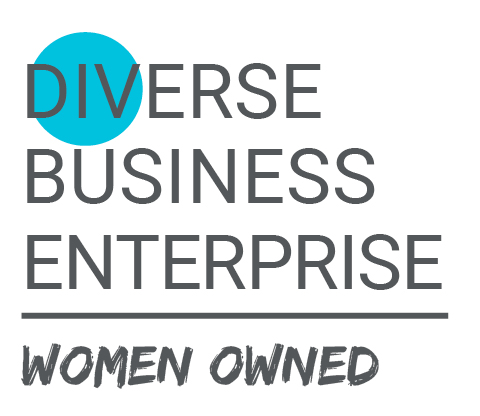The Benefits of Hybrid Work & How to Establish Flexibility in the Workplace
This morning (mind you, it’s 7:52 a.m. on a Monday), I texted my CEO to tell her how thankful I was for the ability to work remotely. When employees feel supported, trusted, and are given the opportunity for flexibility and a hybrid work environment, their productivity and drive increase. It’s not rocket science, and it’s certainly no secret that the past few years have created lasting changes to the way we work.
I’m sure that this isn’t the first time you’re hearing about the need for workplace flexibility. But what do people really mean when they talk about workplace flexibility? There are ways that employers and employees can be flexible while fostering a work/life balance. A hybrid schedule requires commitment, trust, and engagement on both ends of the spectrum.
Being a flexible employee can look like:
- Being open to constructive criticism.
- Putting in the extra hours for a project, when needed.
- Helping out a colleague.
- Working during the times that are most productive. Whether that’s at 6a, 11a, or 7p.
- Being available.
Being a flexible employer includes:
- Listening to employees’ preferences. If an employee is extremely productive during unconventional business hours, let them be!
- Offering flextime and letting employees make their own schedules. (Within reason, of course).
- Offering remote work. This allows employees to work anywhere, whether that is while traveling or at home.
- Offering a compressed workweek. Using this strategy, employees get a shorter workweek, but also work the same number of hours.
What are the benefits of a hybrid and flexible work environment?
Personally, it helps me love my job even more, which means increased satisfaction, productivity, and morale. There are so many ways to connect with the team at the click of a button. At W Talent Solutions, we utilize Microsoft Teams and we have a group text message. Our small team allows for the text messages, and sometimes certain employees (ahem, me) can get a little crazy with the memes. But in all seriousness, workplace flexibility keeps individuals happy and satisfied. Benefits also include better mental well-being. Reduced stress and a better work-life balance improve job satisfaction, morale, and overall productivity at work.
What are the drawbacks of a flexible work schedule?
At times, there can be a few cons to working remotely.
- It can be challenging to employees who are remote and employees who are in the office to work efficiently together.
- Availability can be misleading.
- Some employees do not work productively without supervision.
- Some employees may find a remote policy unfair.
With proper communication, technology, and management check-ins, these can be alleviated.
Overall, the pros outweigh the cons of a flexible work schedule. With competent management and a trusting team, the company will truly benefit with improved efficiency and positive morale from remote workers. The best part? Your top performers are going to stay loyal and devoted to the company.



















